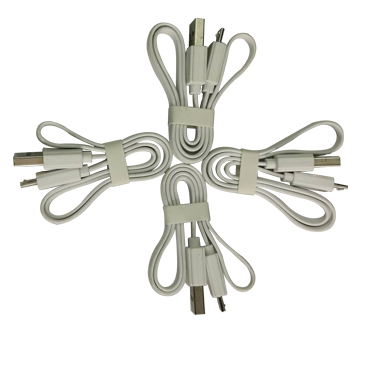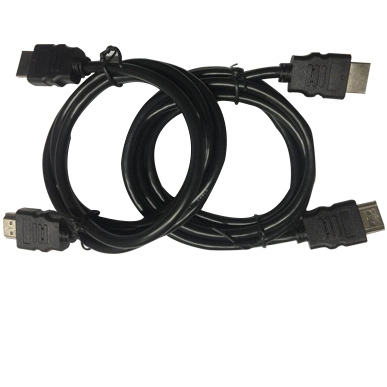Selecting your Adhesive – Surface Energy and Wetting
Posted on
December 13, 2017
Author
Almax
(Courtesy 3M)
For optimum adhesion, an adhesive must thoroughly “wet out” the surface to be bonded. “Wetting out” means the adhesive flows and covers a surface to maximize the contact area and the attractive forces between the adhesive and bonding surface.
A lower surface energy material, such as water, will spontaneously wet out a higher energy surface, such as the un-waxed hood of a car. A waxed hood, however, has a lower surface energy than water. The water beads up rather than wet out, reducing its contact area with the surface.
For a liquid adhesive to effectively wet out a surface, the surface energy of the adhesive must be as low or lower than the surface energy of the substrate to be bonded. Or, the surface energy of the substrate must be raised. Standard adhesive formulations wet out and bond high surface energy (HSE) surfaces such as metal or ABS plastic, but fail to bond low surface energy (LSE) polyolefins that include polypropylene and polyethylene.
Wetting can be measured by the contact angle of a bead of liquid on the surface (figure 1). The more surface wets out, the smaller the contact angle Zisman’s equation (Figure 2 provides an empirical relationship relating the contact angle to the difference between the surface energies of the substrate and liquid).
|
Figure 1
Contact Angle to Measure Wetting
|
Figure 2
Zisman’s Equation
|
|
|

|
If the liquid surface energy is significantly above that of the substrate, the substrate does not wet as well.
For traditional structural adhesives to bond low surface energy substrates such as polyolefins, surface treatments have been used to raise the substrate surface energy by as much as 30% to better meet the adhesive surface energy. Figure 3 shows the effect of various surface treatments on polyethylene.
Figure 3 – Surface Treatment Effect on Surface Energy
With ongoing advances in technology, several adhesive suppliers now product structural strength adhesive specially formulated to bond LSE surfaces after simply wiping the surface clean of lose particles. This technology is intended to help meet design and production challenges by effectively bonding polyolefins while saving the time and expense of priming or more complex surface treatments such as corona discharge.













